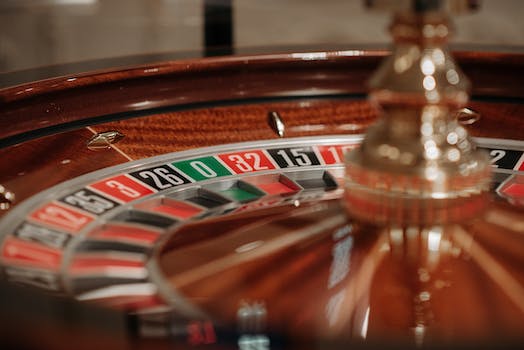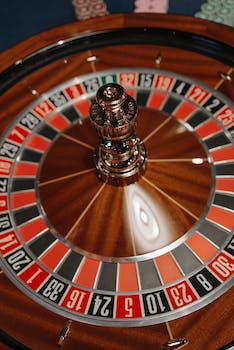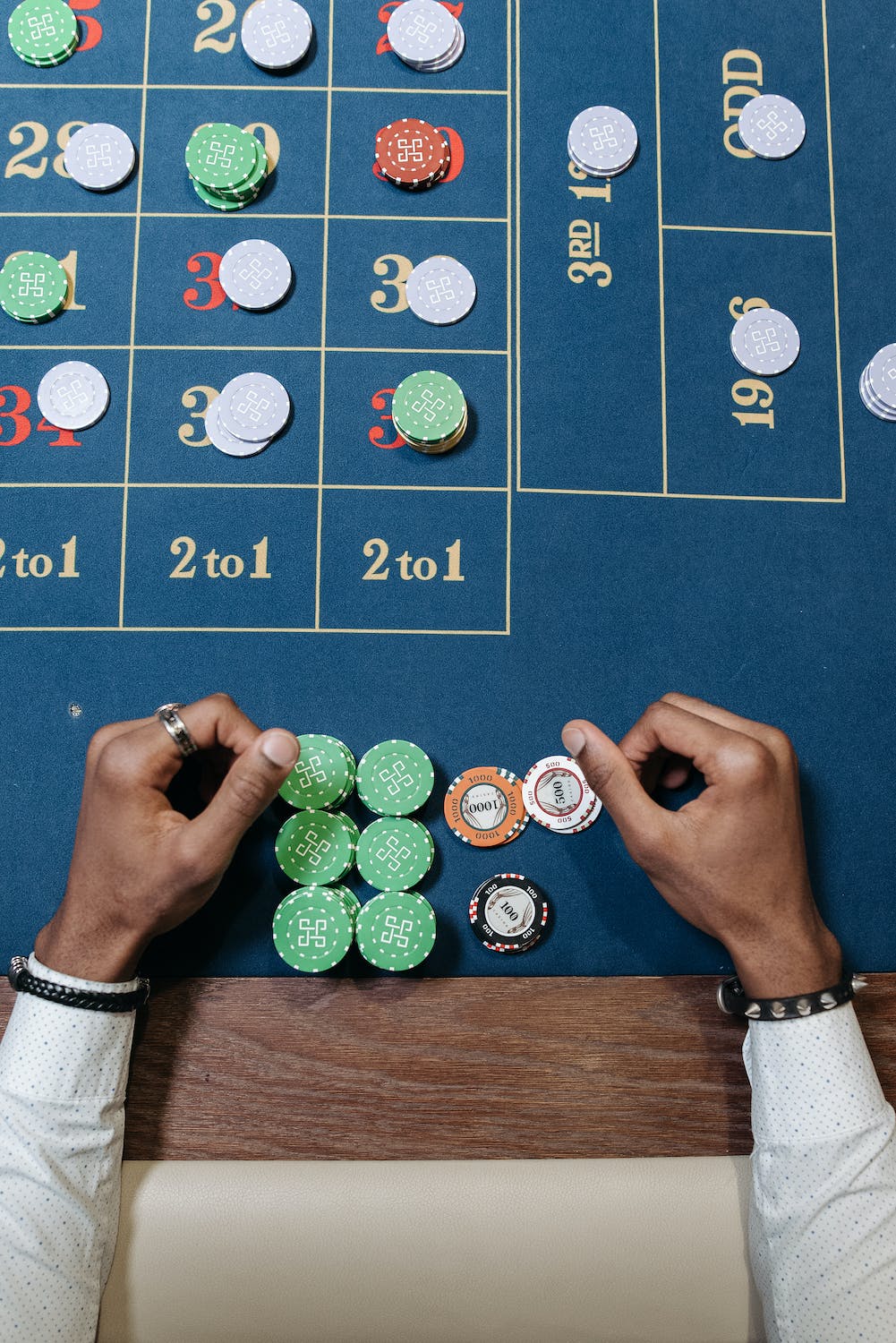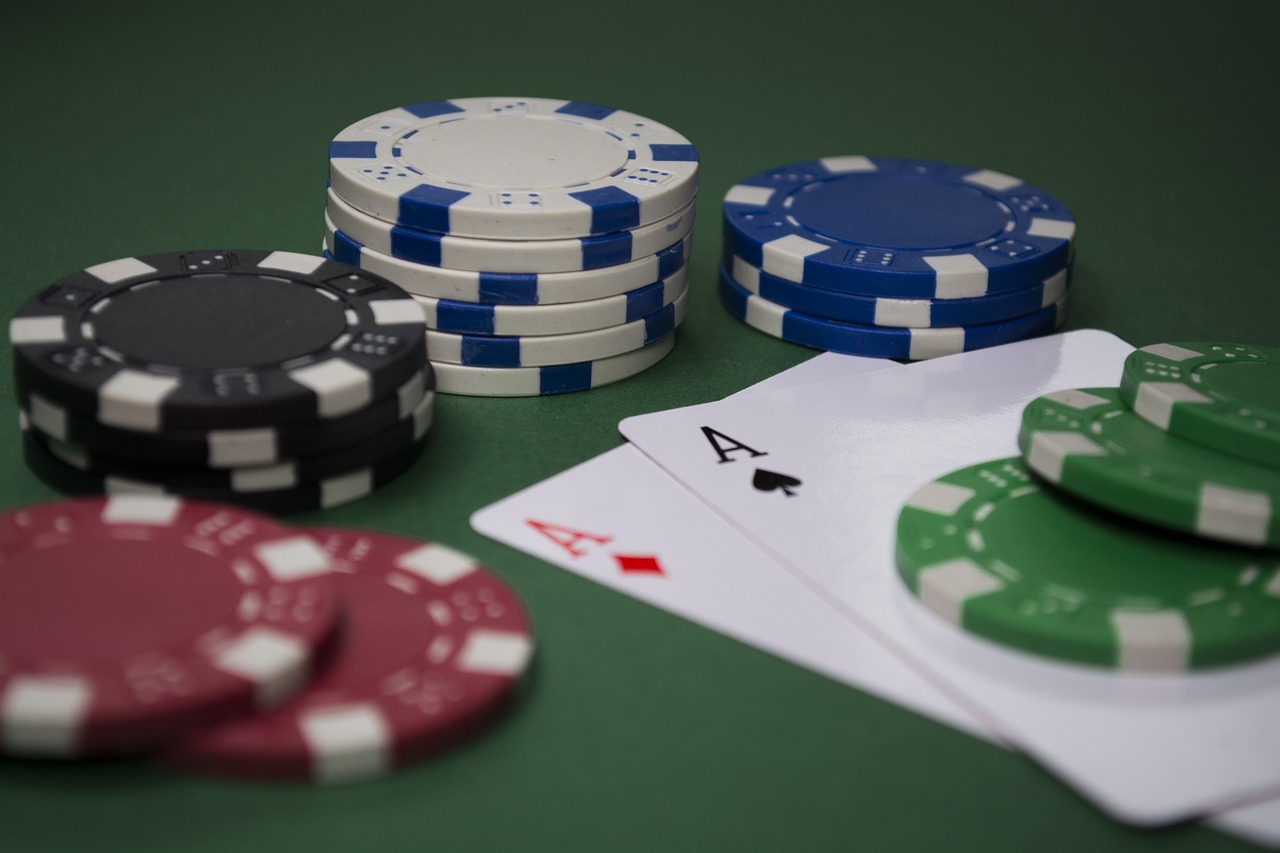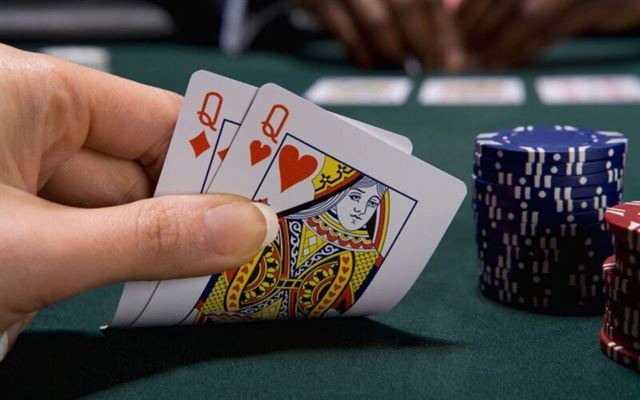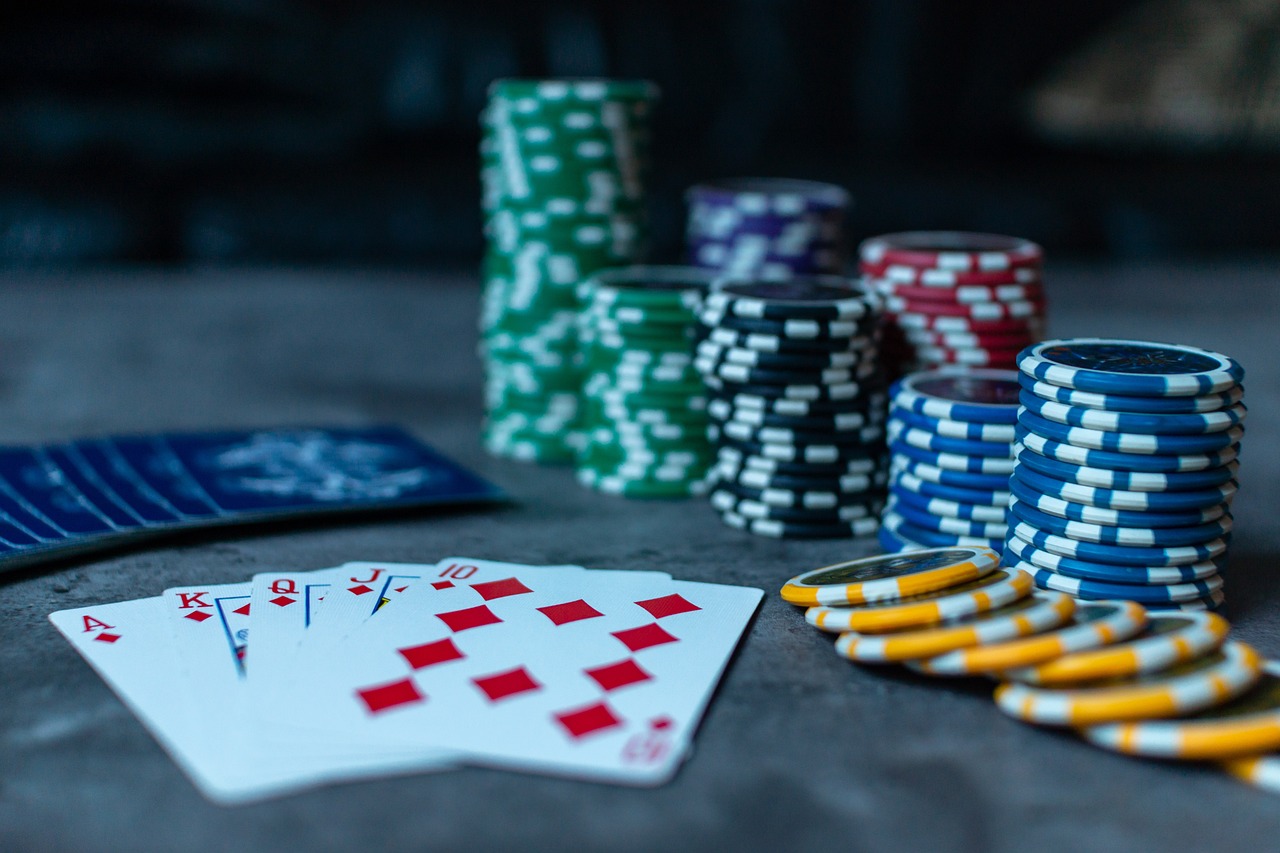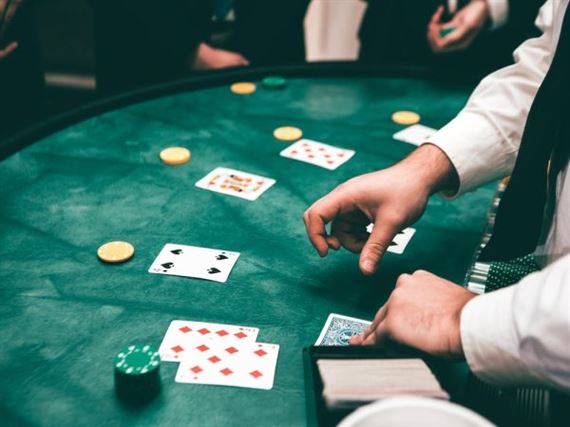Roulette is a popular casino game that has captivated gamblers for centuries. While it may seem like a game of pure chance, there is an intriguing scientific aspect to it known as roulette wheel bias. This phenomenon occurs when a roulette wheel is not perfectly balanced, leading to certain numbers or sections of the wheel being favored over others. In this article, we will delve into the math and science behind roulette wheel bias, exploring how it can be detected and its implications for players and casinos alike.
The Role of Probability in Understanding Roulette Wheel Bias
Probability is a fundamental concept in mathematics that deals with the likelihood of an event occurring. In the context of roulette, it helps us understand the chances of a particular number or color coming up. Each spin of the wheel is an independent event, meaning that the outcome of one spin does not affect the outcome of the next. This is known as the law of independent trials.
To understand roulette wheel bias, we need to delve deeper into the concept of probability. In a fair game of roulette, each number on the wheel has an equal chance of being selected. This means that if you were to spin the wheel an infinite number of times, each number would come up approximately the same number of times. However, in reality, roulette wheels are not perfect, and biases can occur.
A biased roulette wheel is one that does not produce random results. Instead, certain numbers or sections of the wheel are more likely to come up than others. This bias can be caused by a variety of factors, such as manufacturing defects, wear and tear, or even deliberate manipulation by the casino. Identifying and exploiting these biases can give players an edge and increase their chances of winning.
To detect a biased roulette wheel, statisticians and mathematicians use a technique called data analysis. They collect a large sample of data by recording the outcomes of numerous spins and analyze it for any patterns or anomalies. If a particular number or section of the wheel appears more frequently than expected, it suggests a bias.
Once a bias is detected, the next step is to determine its magnitude. This is done by calculating the standard deviation, which measures the spread of data around the mean. A higher standard deviation indicates a larger bias, while a lower standard deviation suggests a more random distribution of outcomes.
It is important to note that detecting a biased roulette wheel is not a foolproof method for winning. Casinos are well aware of these biases and take measures to prevent players from exploiting them. They regularly inspect and maintain their roulette wheels to ensure fairness and randomness. Additionally, modern casinos often use electronic roulette wheels that are less prone to biases.
Exploring the Physics Behind Roulette Wheel Bias
To understand roulette wheel bias, we must first delve into the physics behind the game. A standard roulette wheel consists of a spinning disk with numbered pockets, where a small ball is thrown in the opposite direction. As the wheel slows down, the ball eventually settles into one of the pockets, determining the winning number.
The key to roulette wheel bias lies in the imperfections of the wheel. Despite the precision manufacturing of modern roulette wheels, there are still slight variations that can affect the outcome of the game. These imperfections can be caused by a variety of factors, such as manufacturing defects, wear and tear, or even deliberate tampering.
One common type of roulette wheel bias is known as a pocket bias. This occurs when certain pockets on the wheel are more likely to catch the ball than others. The reasons for pocket bias can vary, but it is often due to slight differences in the size or shape of the pockets. These variations can cause the ball to favor certain pockets over others, leading to a biased outcome.
Another type of roulette wheel bias is known as a rotor bias. This refers to the imbalance in the spinning disk of the wheel. If the rotor is not perfectly balanced, it can cause the wheel to favor certain sections, leading to a biased outcome. Rotor bias can be caused by a variety of factors, such as uneven weight distribution or mechanical defects.
Identifying and exploiting roulette wheel bias requires careful observation and analysis. Professional gamblers known as “wheel watchers” spend hours studying the behavior of roulette wheels in order to identify any biases. They look for patterns in the way the ball lands, noting any consistent deviations from randomness.
Once a bias has been identified, the skilled player can use this information to their advantage. By placing bets on the numbers or sections of the wheel that are more likely to win, they can increase their chances of success. However, it is important to note that roulette wheel bias is not a guaranteed strategy. The bias can change over time as the wheel is repaired or replaced, and casinos are constantly monitoring for any irregularities.
Analyzing Statistical Patterns in Roulette Wheel Bias
To understand the concept of roulette wheel bias, it is important to first grasp the mechanics of the game. A standard roulette wheel consists of 36 numbered pockets, alternating between red and black, with an additional green pocket for the number zero (and sometimes a double zero in American roulette). The ball is spun in the opposite direction of the wheel’s rotation, eventually losing momentum and landing in one of the pockets. The goal for players is to correctly predict the pocket in which the ball will come to rest.
While the game is designed to be fair, some roulette wheels may have imperfections that can lead to biases. These imperfections can be caused by manufacturing defects, wear and tear, or even deliberate tampering. A biased wheel is one that consistently produces outcomes that deviate from the expected probability distribution. This means that certain numbers or sections of the wheel are more likely to be hit than others.
To detect and exploit roulette wheel bias, players must carefully observe and record the outcomes of multiple spins. By analyzing the data, they can identify any statistical patterns that suggest a bias. One common method is to record the frequency of each number or section of the wheel that comes up over a large number of spins. If certain numbers or sections appear more frequently than expected, it could indicate a bias.
However, it is important to note that not all deviations from the expected probability distribution are due to bias. Random fluctuations can occur, and it is crucial to distinguish between genuine bias and statistical noise. This is where advanced statistical analysis comes into play. By applying mathematical models and hypothesis testing, researchers can determine whether the observed deviations are statistically significant or simply the result of chance.
One widely used statistical test for detecting roulette wheel bias is the chi-squared test. This test compares the observed frequencies of each number or section with the expected frequencies based on the assumption of a fair wheel. If the chi-squared value exceeds a certain threshold, it suggests that the observed frequencies are significantly different from the expected frequencies, indicating a potential bias.
Once a bias is detected, players can use this information to their advantage. By strategically placing bets on the numbers or sections that are more likely to come up, they can increase their chances of winning. However, it is important to remember that exploiting a biased wheel is not foolproof. Casinos are aware of this strategy and take measures to prevent it, such as regularly inspecting and maintaining their roulette wheels.
Investigating the Impact of Roulette Wheel Bias on Casino Profits
Roulette wheel bias occurs when there are imperfections in the wheel that cause certain numbers or sections to be favored over others. These imperfections can be the result of manufacturing defects, wear and tear, or even deliberate tampering. When a wheel is biased, it means that the ball is more likely to land in certain pockets, giving players who are aware of the bias an advantage.
To understand how roulette wheel bias works, it is important to grasp the concept of the house edge. The house edge is the statistical advantage that the casino has over the players. In a fair game of roulette, where the wheel is unbiased, the house edge is fixed and ensures that the casino will always make a profit in the long run. However, when a wheel is biased, the house edge can be reduced or even reversed, giving players the upper hand.
Detecting roulette wheel bias requires meticulous observation and data analysis. Casino staff and professional gamblers closely monitor the outcomes of thousands of spins to identify any patterns or anomalies. They record the results and use statistical methods to determine if there is a bias. This process can be time-consuming and requires a significant amount of data to draw reliable conclusions.
Once a bias is detected, the next step is to exploit it. Skilled gamblers will carefully place their bets on the numbers or sections that are favored by the bias. By doing so, they increase their chances of winning and can potentially make substantial profits. However, it is important to note that exploiting roulette wheel bias is not foolproof. Casinos are aware of this phenomenon and take measures to minimize its impact.
Casinos employ various strategies to counteract roulette wheel bias. They regularly inspect and maintain their wheels to ensure they are in optimal condition. Additionally, they frequently change the position of the wheel on the table to prevent players from identifying and exploiting biases. Some casinos even use automated wheels that are designed to be more resistant to bias.
Despite these countermeasures, roulette wheel bias can still have a significant impact on casino profits. When a biased wheel goes undetected, skilled gamblers can exploit it and win large sums of money. This can result in substantial losses for the casino, especially if the bias is not discovered and corrected in a timely manner.
In conclusion, roulette wheel bias is a fascinating phenomenon that can tilt the odds in favor of certain numbers or sections of the wheel. While it requires careful observation and analysis to detect, it can have a significant impact on casino profits. Skilled gamblers who are aware of a bias can exploit it to their advantage, potentially winning large sums of money. However, casinos are not oblivious to this phenomenon and take measures to minimize its impact. Roulette wheel bias serves as a reminder that even in games of chance, there is always a scientific element at play.


